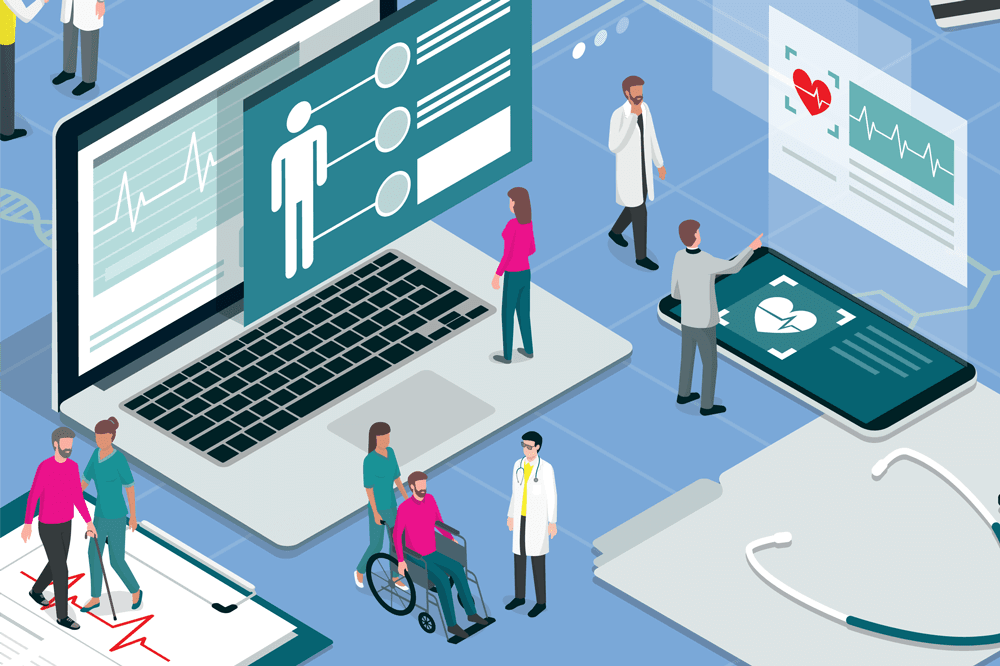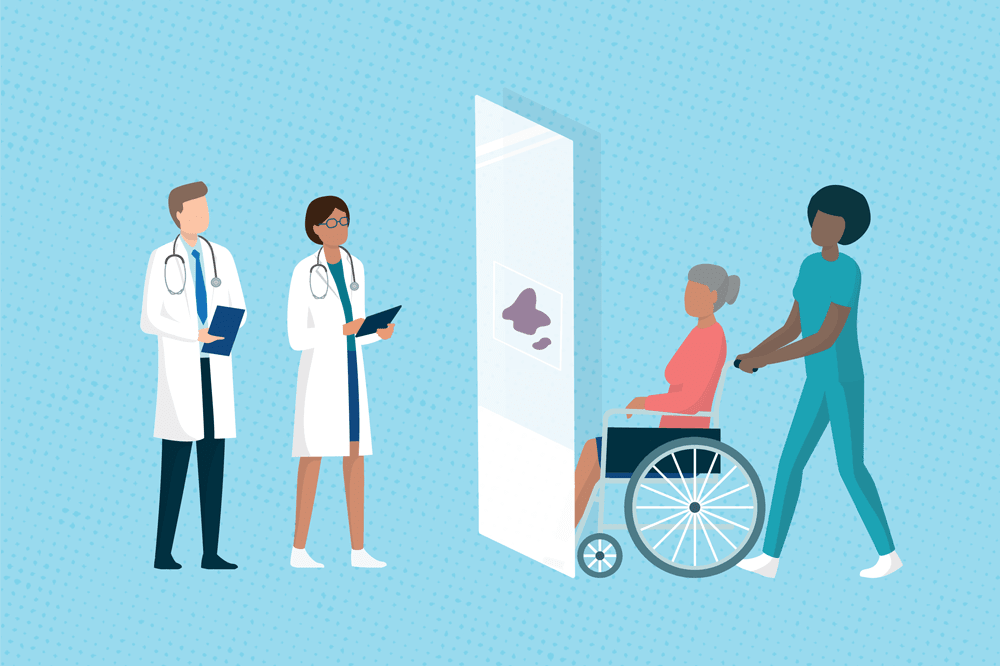F.E. Mahjoub
Associate Professor in Pathology
Tehran University of Medical Sciences, Iran
Tell us a little about your pediatric pathology career…
I’m F.E. (Fatima) Mahjoub, a pathologist and associate professor in pathology working at a children’s hospital affiliated with Tehran University of Medical Sciences. I started my career in 1998 and I’ve been working for nearly 23 years in the field of pediatric pathology.
What makes your work stand out?
I love children. I wanted to be a pediatrician but, during my MD, I realized that it was difficult for me to see the pain of sick children directly. So I became a pediatric pathologist – we don’t have a fellowship in pediatric pathology but, because I have worked in the field for 23 years, I can call myself a pediatric pathologist.
I love children. Most people tell me that my inner child is very viable, but I reply to them that this is not my inner child. I’m a child myself; I don’t feel like an adult.
I want to tell you about a patient. He was a three-year-old boy whose liver biopsy I received for a consultation. The biopsy was described by my colleagues as “mild portal inflammation.” I asked the patient and his parents come to my lab (I often tell my patients to come to my lab; we have time for them, usually 30–45 minutes). When they came, I asked the parents about the child’s problem and looked at the slides. The liver biopsy was essentially normal; nothing was unusual about this patient, who had had many laboratory assessments in the previous nine months to prove that something was the matter with his liver. AST and ALT were elevated. He had had several sonographies of the liver that showed that nothing abnormal, but the lab data were always abnormal.
I wanted to see the child, ask if he had any muscle weakness, and examine him. Then, I asked the parents to show me his calf muscles; as you can see [from the video footage], he has clear calf pseudohypertrophy. I asked the parents if any of the physicians who had examined the child previously had told them about this problem – and they said that no one had mentioned the muscle weakness and nothing was done for creatine phosphokinase (CPK) or lactate dehydrogenase (LDH). I performed a blood test in our lab; CPK was highly elevated and aldolase and LDH were also elevated. Ultimately, muscular dystrophy was suggested for the patient and the liver was not involved at all. Several well-known physicians in Iran had seen the child and all of them asked for a liver examination, but it was all about the muscles.
I have had many experiences related to communication and seeing the patient as a whole. With another patient I had, I reached a diagnosis after several years of referring to specialists, all of whom took a telescopic view of the patient. I think the pathologist is someone who can bring together these views and make a holistic diagnosis.
Why do you think more pathologists don’t have these kinds of interactions with patients?
Maybe they don’t want to be involved with patients – they may want to be alone in their labs – but I love communication. I love to be with my patients. We talk not only about their medical conditions, but also about family and other things they care about, and I love this. Maybe it’s too much work, but it’s also what I love.
What’s the most interesting thing you’ve experienced in your work?
The most interesting thing is, feeling like a child myself, I take my energy from the children. In my lab [as you can see in the video], we have a waiting room with chairs for the children and a table for them to draw. And we have a place the wall that we prepared for the children to put their paintings up. This scene is the most important thing in my life. I forget all my suffering when I see these things.
What one key thing would you like to share about what you do?
During my residency, some of our professors told the residents that you shouldn’t look at a patient’s previous reports because it may bias your diagnosis. But my 23 years of experience have taught me that no one in our career can issue a report without taking a thorough clinical history and seeing all the lab and imaging data. Otherwise, an incomplete understanding may lead us to an incorrect diagnosis. Sometimes, it becomes repetitive after years of being in this career – but I recently saw a quote that was very inspiring for me: “We are what we repeatedly do. Excellence, then, is not an act, but a habit.” This led me to think that repetition in pathology might be very good and must not be considered “boring” for us. That is my message to all pathologists.




